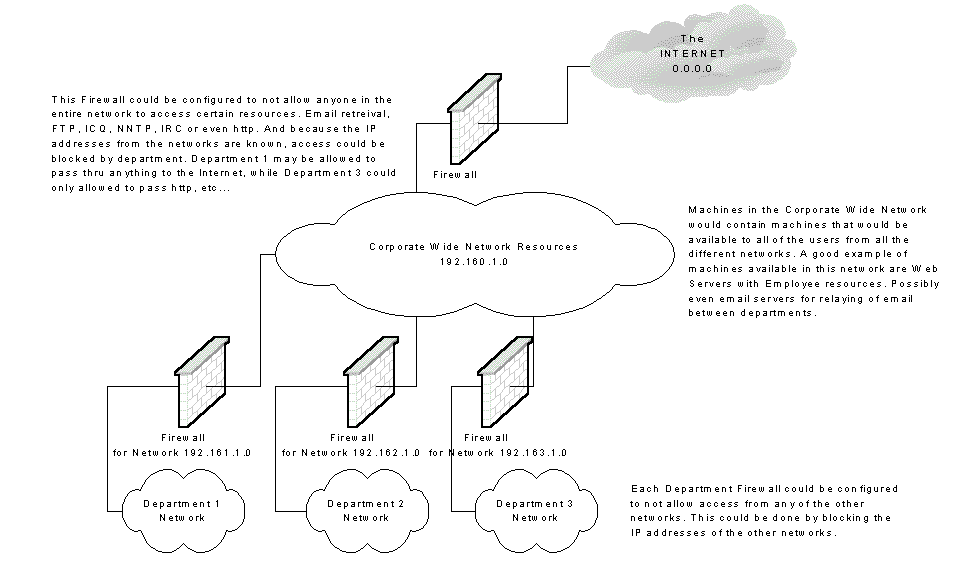
Run this procedure on each additional node in the cluster. Sudo firewall-cmd -permanent -add-rich-rule='rule family=ipv4 source address=/32 port port=8000-9000 protocol=tcp accept'Įach node in the cluster must be able to communicate with the initial node and with the other nodes. Run the command for each of the additional nodes in your cluster. For the ports option, specify the range you noted in Step 2. Sudo firewall-cmd -permanent -add-port=27000-27010/tcpĬonfigure the firewall to allow all traffic from the other nodes in the cluster. You must also add a port range ( 27000-27010) to enable licensing communication between nodes. In the example below we use the default ports ( ). Make a note of the port range.Īdd ports for the gateway port and the tabadmincontroller port. You will specify this range later in this procedure. Run the following commands to determine the range of port numbers that TSM may dynamically select. The example here uses as a placeholder for the initial node IP address, and and as placeholders for the IP addresses of two additional nodes. You will need the IP address for each node in the cluster. In addition to enabling ports, configuring the firewall on a multi-node cluster requires additional steps to ensure that nodes can communicate with each other. Reload the firewall and verify the settings. Sudo firewall-cmd -permanent -add-port=8850/tcp Sudo firewall-cmd -permanent -add-port=80/tcp

Sudo firewall-cmd -set-default-zone=publicĪdd ports for the gateway port and the tabadmincontroller port. If it is not, we recommend changing it to a high-security zone. Verify that the default zone is a high-security zone, such as public. Make a note of the tabadmincontroller port. Open a bash shell and run the following TSM command to retrieve the port number for the tabadmincontroller port: The examples use Firewalld, which is the default firewall on CentOS.
RETROSPECT CLIENT FIREWALL PORT HOW TO
The examples below describe how to configure the firewall on single and multi-node deployments of Tableau Server running on RHEL/CentOS distributions. Configure the Tableau Server gateway ( Configure Initial Node Settings) to match the port you set here. The procedures below describe how to configure the firewall for the gateway port. If you will be using SSL, then the port must be 443 because Tableau Server does not support other ports for SSL. We recommend that you use SSL for the gateway port. The gateway port is used for HTTP connection to Tableau Server.

Additionally, if you are running in a distributed deployment, then you will need to open the port range, 27000-27009, so licensing can communicate across nodes. By default, these are ports respectively. We recommend that you configure the firewall so that only two ports are accessible to external traffic: the gateway port and the tabadmincontroller port. Therefore, you should enable firewalls on the computers that host Tableau Server. In a distributed (multi-node) installation of Tableau Server, communication between nodes does not use secure communication.

This topic explains how to configure the firewall on the computer running Tableau Server.Ī local firewall should be enabled on the operating system to protect Tableau Server in single and multi-node deployments.


 0 kommentar(er)
0 kommentar(er)
